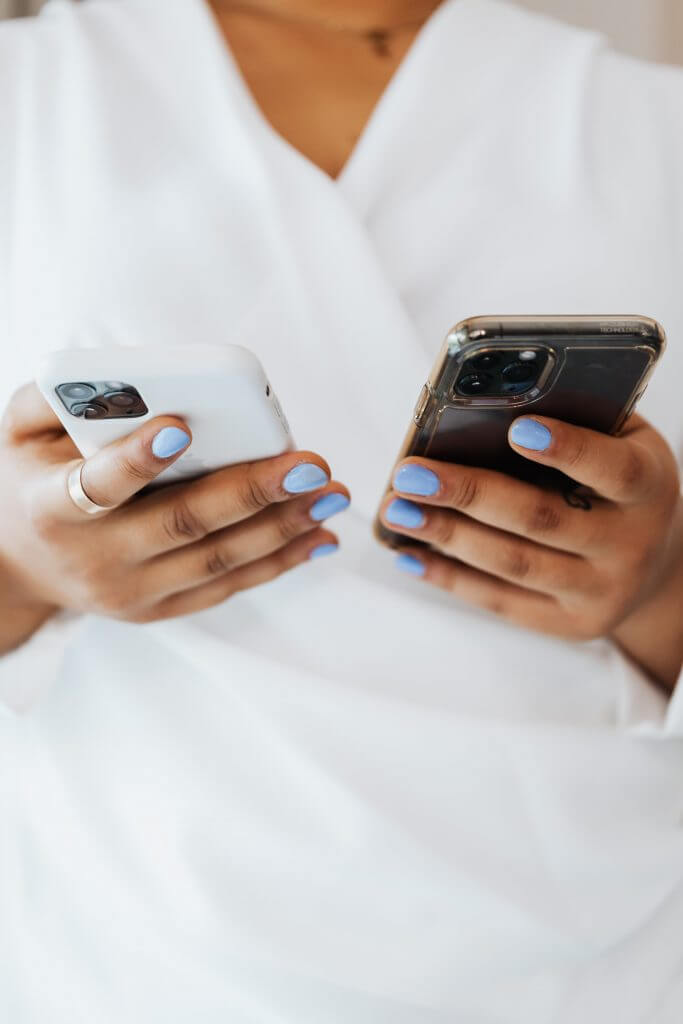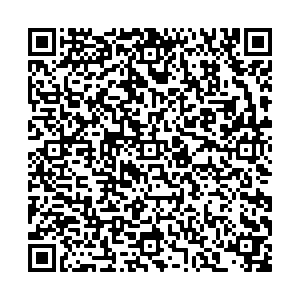If you use Apple devices, there’s a new feature in the latest OS updates called NameDrop. This function allows you to quickly and easily share contact info with other Apple device users. Simply place the two devices near each other, and NameDrop will appear! Each device user will get a pop-up, asking if they want to exchange contact cards.
I want to emphasize: NameDrop always asks permission to exchange any info. I’ve got a bit of rumor control to do here, as people across the internet have noticed this new iOS addition and are reacting poorly. Misinformation and fearmongering is afoot.
If you see any posts, urging you to turn off NameDrop, take a breath and Don’t Panic. Please understand that NameDrop only works under strict conditions:
- Two devices have to be very close to each other (almost touching)
- The Apple devices are powered on and unlocked
- Each user taps Share to authorize their data to transmit
Apple NameDrop is safe and well-implemented. I don’t see any real risk here. You are still welcome to disable the feature under Settings -> General -> AirDrop -> Bringing Devices Together. Just don’t buy into the viral hysteria; there’s no major safety loophole or hazard here.








